Once upon a time, in a world filled with kings, queens, pharaos, philosophers and ancient wonders, a simple yet remarkable piece of furniture emerged—the chair. This is the story of its birth, evolution, and historical transformations. So, get ready for a journey through time as we unravel the fascinating history of the chair!
The First Chair – A Mystical Origin
Legend says that the first chair was born in Egypt or perhaps in the artistic haven of Ancient Greece. It’s a debate that historians have debated for years. Picture this: Pharaohs lounging on golden thrones, while Greek philosophers ponder life’s mysteries on elegant wooden seats. Meanwhile a Greek harp player sitting on his simple chair and delighting people with his music. Either way, these early chairs symbolized authority and richness. A privilege only for a few.
Fast forward to the days of togas and grand arenas—the Roman Empire. Romans realized that chairs needed something extra, so they added cushions and elaborate decorations. The curule chair became an ultimate status symbol. Senators perched upon their cushioned thrones, making important decisions while enjoying the luxurious comfort.
Meanwhile, in the Americas, the Aztecs were crafting chairs inspired by their vibrant mythology and love for nature. These chairs with intricate carvings and dazzling colors were not just for sitting. They were thrones, places of honor and reverence where ceremonies unfolded, and the spirits danced.

Baroque and Rococo – Extravagance
Enter the Baroque era, a time of excess and opulence. Chairs became symbols of power and greatness, adorned with sumptuous upholstery, ornate carvings, baby angels, lion heads, garlands, acanthus leaves, shells, fruits and flowers. The more ornate and worked the wood was, the more it reflected the magnificience. Imagine relaxing in one of these extravagant creations, feeling like a king or queen amidst the exciting events of life.
But wait, here comes Rococo! Delicate, whimsical and airy, these chairs were like wearable art, exuding charm and grace. Rococo borrowed from Baroque its complex forms, demanding however a more elegant, milder and romantic style.. Chairs had graceful shapes, delicate pastel colors, and charming embellishments like flowers and shells.
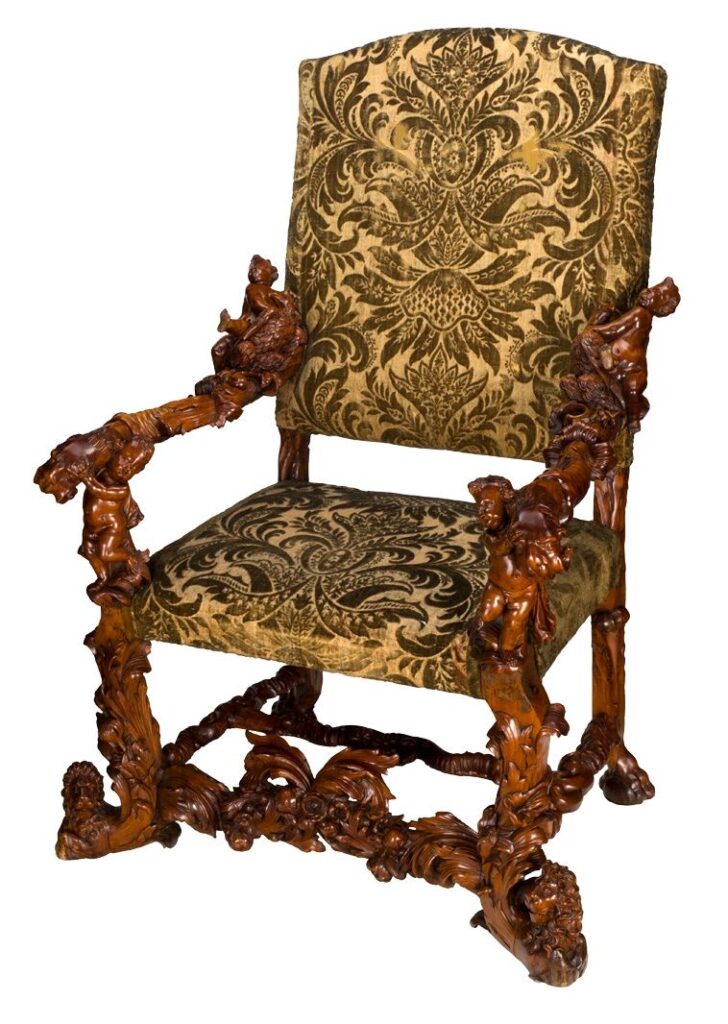
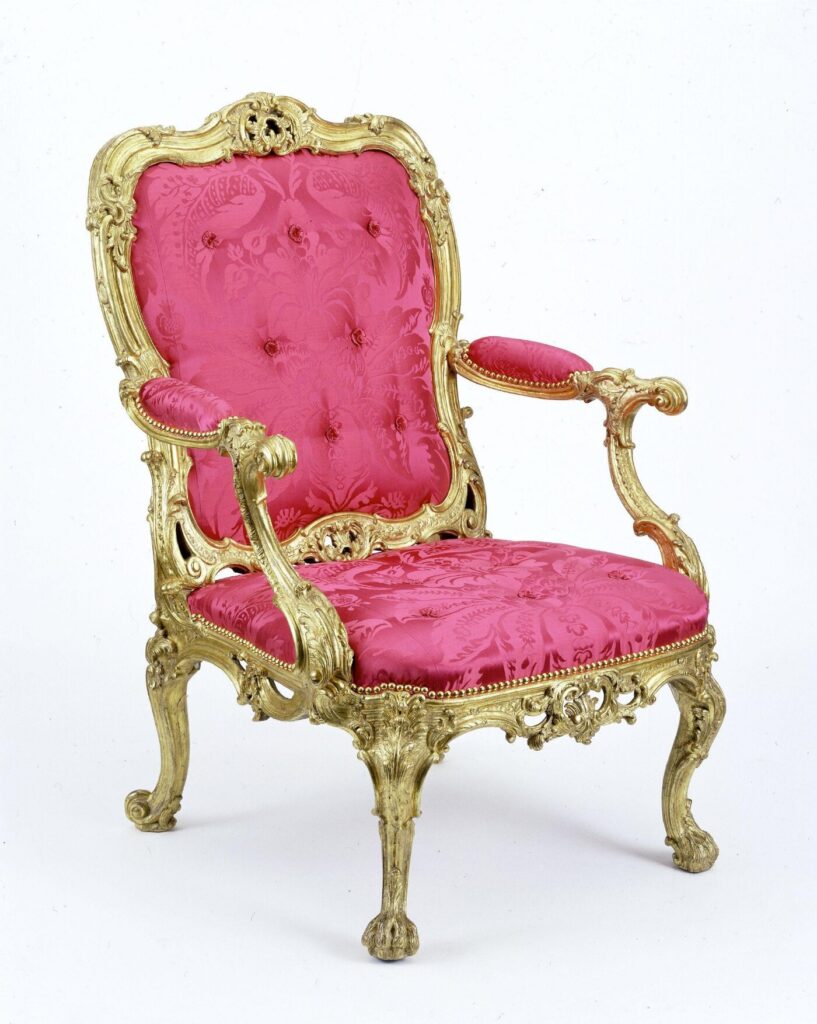
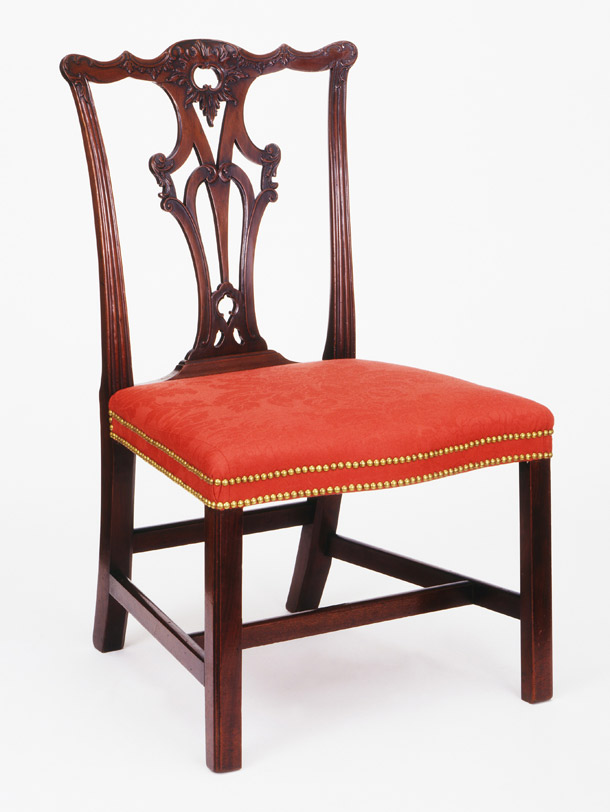
Renaissance and Industrial Revolution – A Chair Rebirth
Ah, the Renaissance! It was a time of artistic and intellectual brilliance that shook the world. Chairs embodied elegance and refinement, mirroring the era’s admiration for classical ideals and balanced proportions. But here’s the exciting part: towards the end of the 18th century, chairs underwent a remarkable transformation, becoming accessible to those who could afford them. Furniture of the time embraced simplicity, clean lines, and subtle colors, celebrating knowledge, beauty, and the accessibility of comfort.
The Industrial Revolution turned the world upside down, including the fate of chairs. Mass production techniques and newfound materials brought the comfort of chairs into the homes of everyone, regardless of social class.
In this era, a true visionary, Michael Thonet transformed chair design, crafting innovative and durable pieces through his pioneering techniques. His famous Chair No. 14, assembled from just six pieces, ten screws, and two nuts, symbolized the efficiency and accessibility of this new era. Picture the scene: bustling factories producing chairs by the hundreds, each ready to find its place in a humble home. The Industrial Revolution transformed the chair into a democratic symbol of comfort and relaxation.
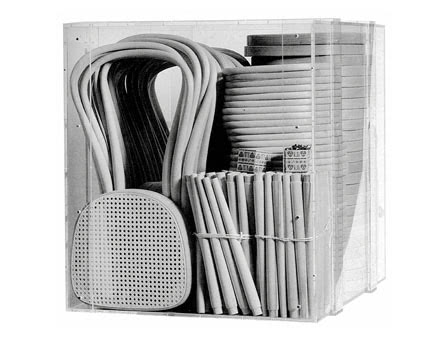
Chair Design Revolution: Art Nouveau, Bauhaus, and De Stijl
As we delve deeper into the 20th century, we encounter the dynamic artistic movements of Art Nouveau, Bauhaus, and De Stijl. These movements totally shook things up in the world of design, bringing fresh ideas and funky styles to the table.
Art Nouveau emerged in the late 19th century and extended until the beginning of the 20th century. It sought to break away from the revivalist styles of the past and embraced a fresh approach inspired by the beauty of nature. Across the globe, we witness various expressions of Art Nouveau, from the organic and flowing forms of Antoni Gaudí and Victor Horta to the restrained simplicity and geometric elegance of Charles Rennie Mackintosh.
Then came the Bauhaus school and the De Stijl crew, making waves in Germany and the Netherlands, paving the way for Modernism. It was all about combining art with industrial design and mass production.
In Bauhaus, a chair should be functional above all else, with simple geometric lines and using materials like tubular steel and leather. They represented a harmonious balance between form and function, showcasing the principle that an object should serve its purpose efficiently.
Meanwhile, the De Stijl works featured orthogonal, abstract, and geometric shapes arranged in asymmetric compositions. They used mainly primary colors (yellow, red, and blue) in combination with black, white, and shades of gray. These chairs embodied a vision of simplicity and clarity, serving as a visual remedy to the tumultuous times and societal challenges that followed the war.
These movements had a major impact on chair design. They pushed the boundaries, sparking new ideas and turning chairs into artistic statements. It was like chairs became these cool canvases for creative expression, reflecting the progressive vibes of the time.
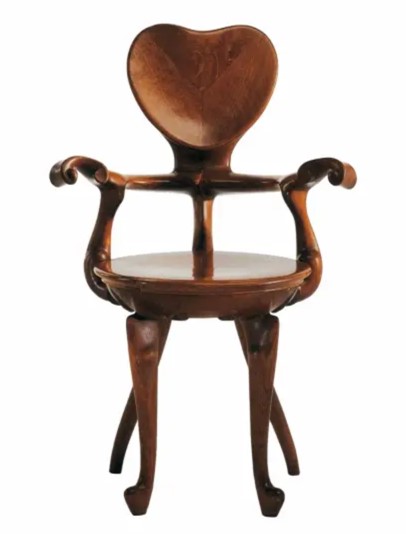
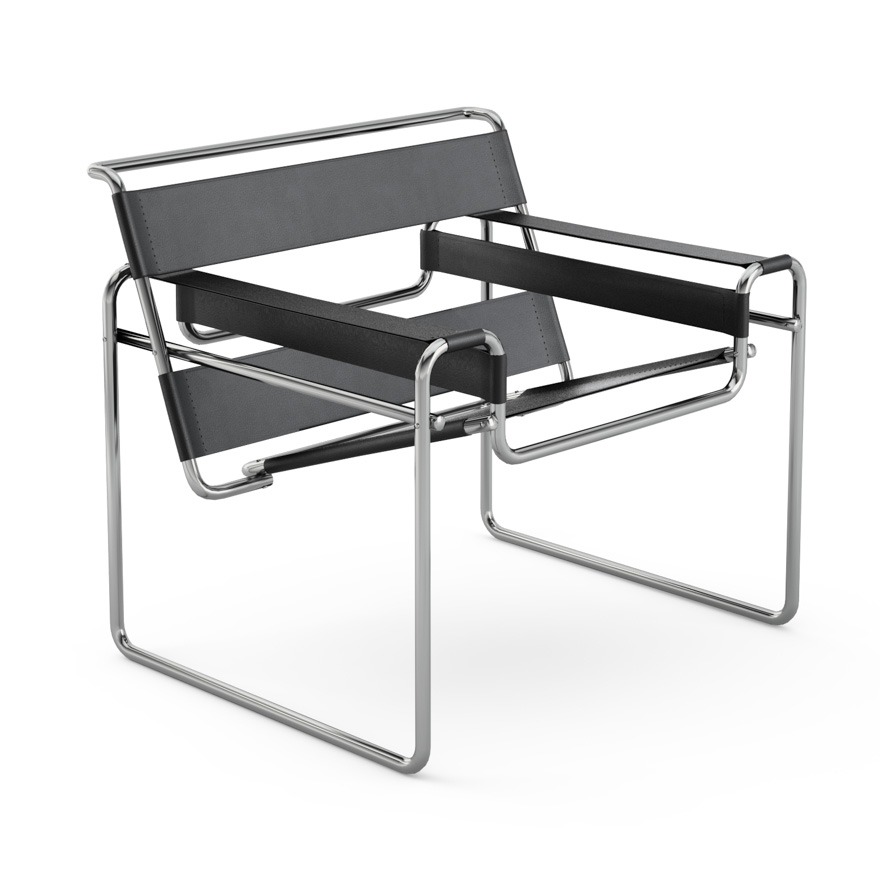
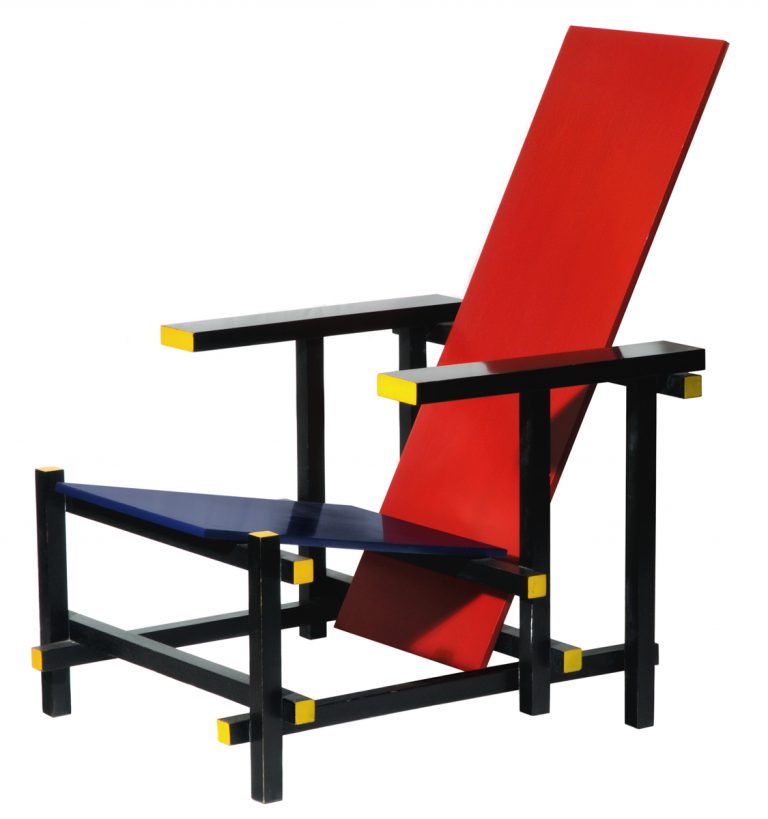
Mid-Century Modern Design and Iconic Chairs
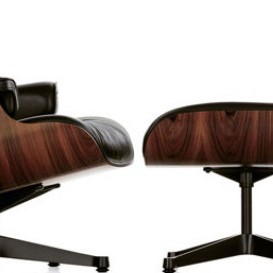
And so, the story of chairs continues to unfold, taking us into the modern era where innovation and individuality reign supreme.
In the mid-20th century, the world witnessed the rise of mid-century modern design, characterized by its clean lines, organic forms, and a seamless blend of function and aesthetics. Influential designers such as Charles and Ray Eames, Eero Saarinen, and Arne Jacobsen introduced iconic chair designs that continue to resonate today. From the Eames Lounge Chair to the Saarinen Tulip Chair, these pieces became symbols of modern elegance and continue to grace contemporary interiors with their timeless appeal.
Ergonomics, Sustainability, and the Chairs of Tomorrow
As our understanding of ergonomics grew, designers began prioritizing comfort and the well-being of users. Ergonomic chairs were developed, and carefully designed to support the body in optimal ways and promoting healthier sitting postures.
Designers now prioritize sustainability and eco-consciousness in chair design. They use eco-friendly materials like recycled plastics, sustainable wood, and renewable fabrics. The focus is on reducing waste and embracing ethical manufacturing practices. Chairs not only enhance our spaces but also contribute to a greener future.
As we look to the future, the story of chairs remains an open-ended adventure. Each new day brings innovative concepts and groundbreaking technologies that shape the chairs of tomorrow. From smart chairs with integrated technology to modular designs that adapt to changing needs with endless possibilities.
Have You Seen the Chair Where You Are Sitting Down?
The story of the chair shows how humans are creative and how culture and design change over time. Starting from simple origins in ancient civilizations, the chair has evolved to become a vital part of our lives. It has spanned centuries, embraced various styles, and served different purposes. It has witnessed the rise and fall of empires, the birth of artistic movements, and the relentless pursuit of comfort and beauty
So, the next time you take a seat, remember the incredible story behind that simple yet remarkable object that supports you—a story of craftsmanship, creativity, and the human desire to create functional and beautiful spaces. As you sit there, look around and observe the chairs surrounding you. How many different types and styles do you see? Each one has its own story, its own place in the grand tapestry of design.
Let this moment serve as a reminder of the significance of the chair, not just as a practical piece of furniture, but as a reflection of our history, our aspirations, and our ability to shape the world around us. Take a moment to appreciate the beauty and functionality of the chair you are sitting in, and let it inspire you to create your own unique space—a space that embodies your personality, values, and the limitless possibilities of design.
So, go ahead, take a seat, and let the story of the chair unfold before you!